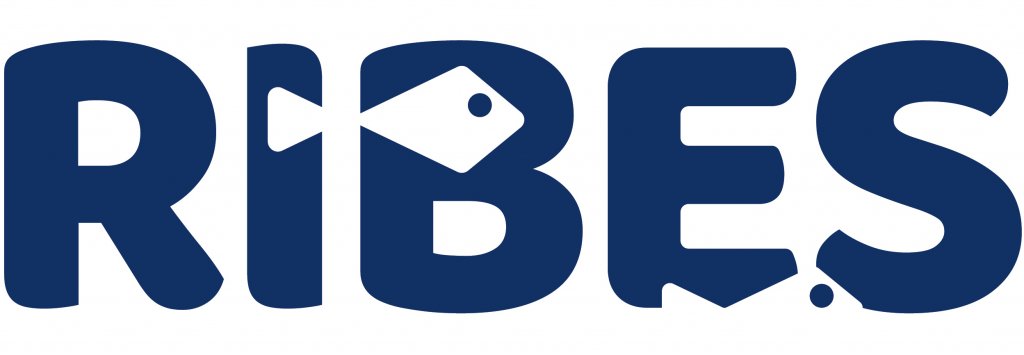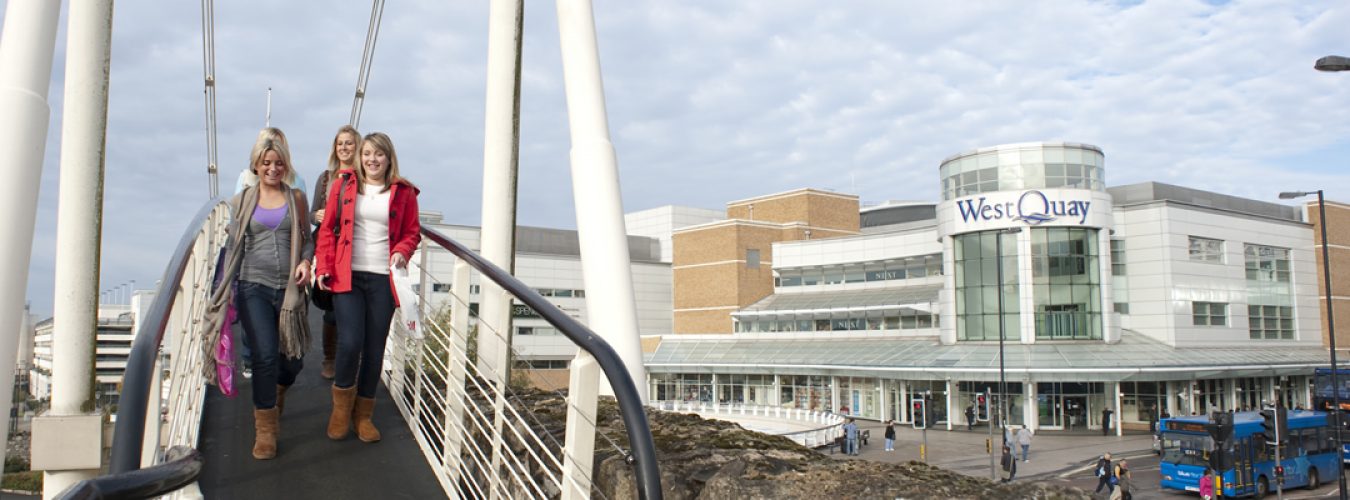Advanced tracking methods and machine learning for multi-modal monitoring of fish behaviour
Supervisors: Prof Paul White and Prof Paul Kemp
Research Group: Signal Processing, Audio and Hearing Group

Having graduated as BEng Underwater Acoustics Engineering at Northwestern Polytechnical University, I studied MSc Acoustical Engineering at the University of Southampton focusing on buried object detection in sediment. With an interest on underwater acoustics signal processing, I am looking forward to carrying this project with a combination of acoustics and video approaches to achieve fish tracking.
Project Funders: RIBES
This project has received funding from the European Union Horizon 2020 Research and Innovation Programme under the Marie Sklodowska-Curie Actions, Grant Agreement No. 860800.

RIBES (River flow regulation, fish BEhaviour and Status) European Training Network (ETN) will train 15 ESRs in the interdisciplinary field of Ecohydraulics to find innovative solutions for freshwater fish protection and river continuity restoration in anthropogenically altered rivers.
Project details:
For the purpose of analysing fish behaviour, this project will develop advanced tracking method with two main aspects. The first is based on underwater acoustics where the active acoustic tags are attached to the fish and the array of hydrophones can obtain information about the bearing to the fish in the far-field and the range if they are in the near-field. The localization of target fish can be calculated by combining information across multiple hydrophone arrays from a single observation. By integrating information along a track, it should provide a very fine scale tracking of individuals. The second component is to achieve infrared video tracking in near-field and fuse information with acoustic tracking for better performance of the method. The acoustic tracking performs well in deeper water but suffers localization biases due to the complexity of propagation paths in shallow water, where the infrared tracking tends to the most effective. Thus, a data fusion method will be considered because of this spatio-temporal variation in the performance and utilize previous estimates and any prior information about

